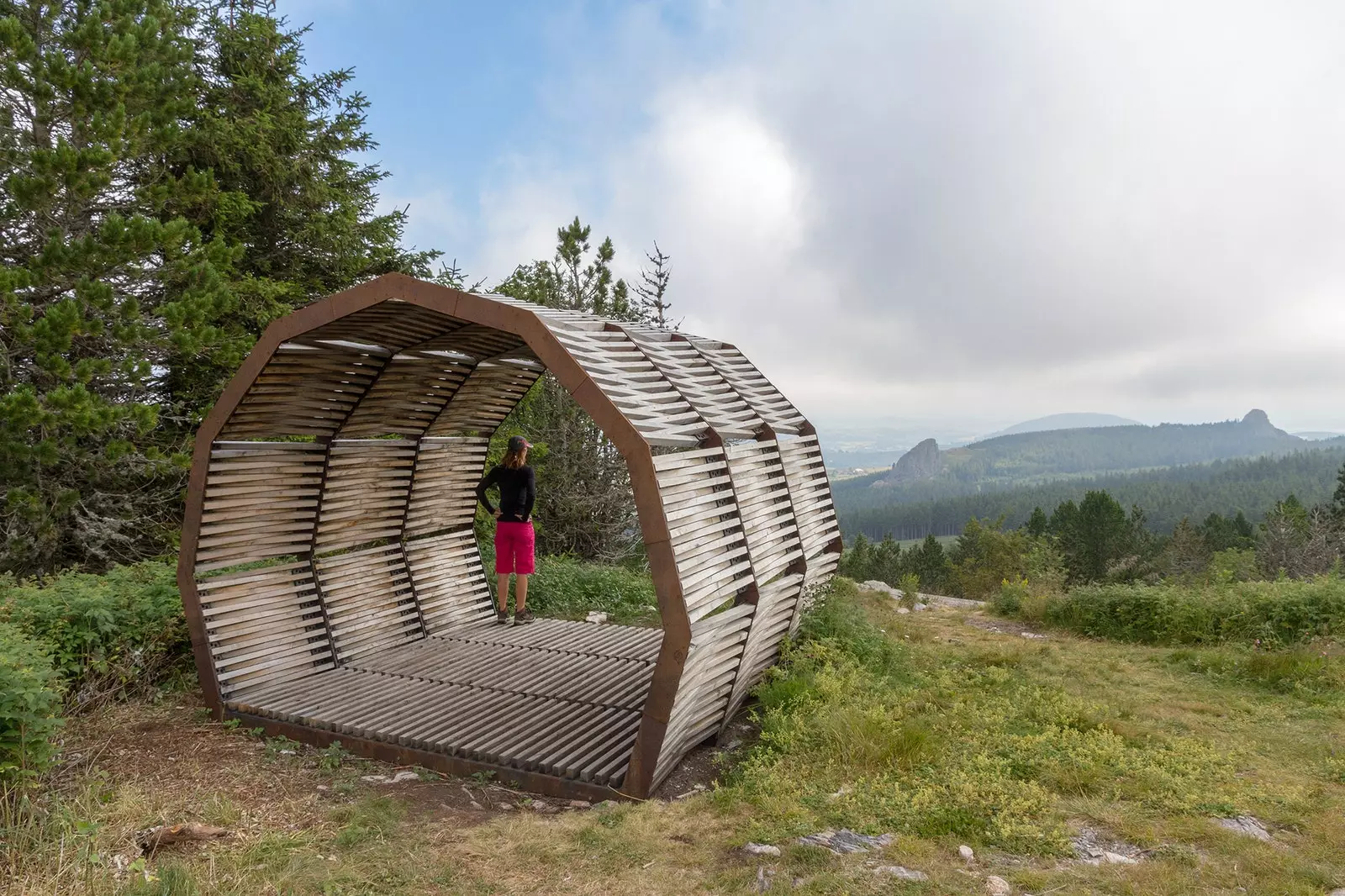
Furniture Design, by Eric Benqué.
“On the Mediterranean side, having the Rhône so close, the water descends at great speed from the crest deeply carving the valleys nestled along steep slopes. On the Atlantic side it is the opposite: the ocean is far away, the water flows down a gentle slope to join it, and the gentle landscape of an undulating plain is presented before our eyes.”
On this bucolic and wild canvas, which thus defines David Moinard, artistic director of Le Partage des Eaux , you can find this amazing open-air museum, the work of the Ardèche Natural Park team, in the Auvergne-Rhône-Alpes region.
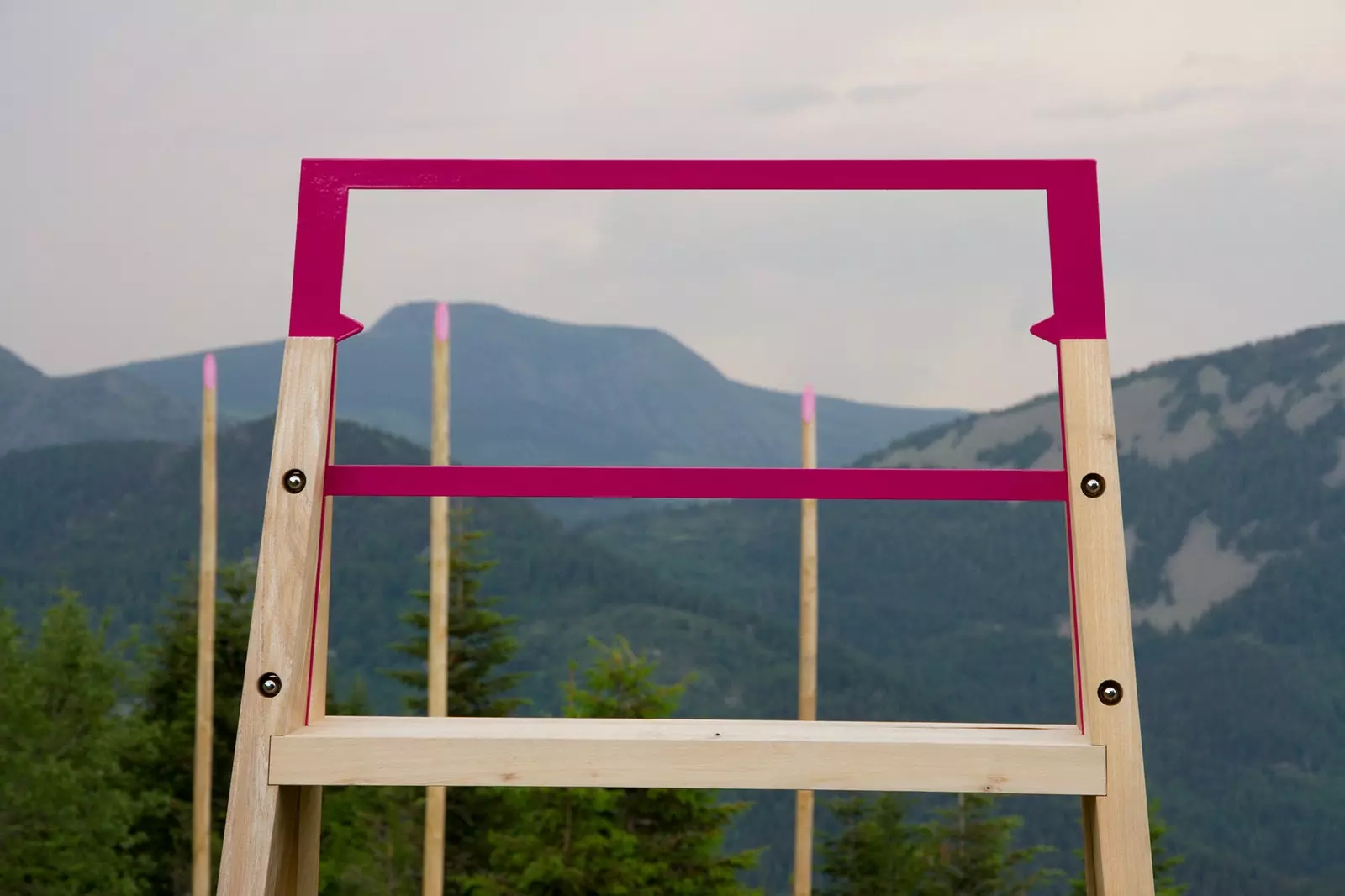
Les Mires, a work by Gilles Clément.
"Was the Ardèche Mountains Regional Nature Park who entrusted me with the mission of conceiving an artistic tour here. I had to find a way to reconcile all this incredible landscape diversity.” The artistic tour covers 100 kilometres, from St. Agrève in the north to St. Laurent les Bains in the south.
It is necessary to reach each construction site at the reference points by car and then some of them are only accessible on foot, on horseback or by bike. Visiting the set can take the viewer an approximate time five to eight days (although there are 'shortcuts' by car that allow you to reduce the experience to a couple of days... not our recommendation!).
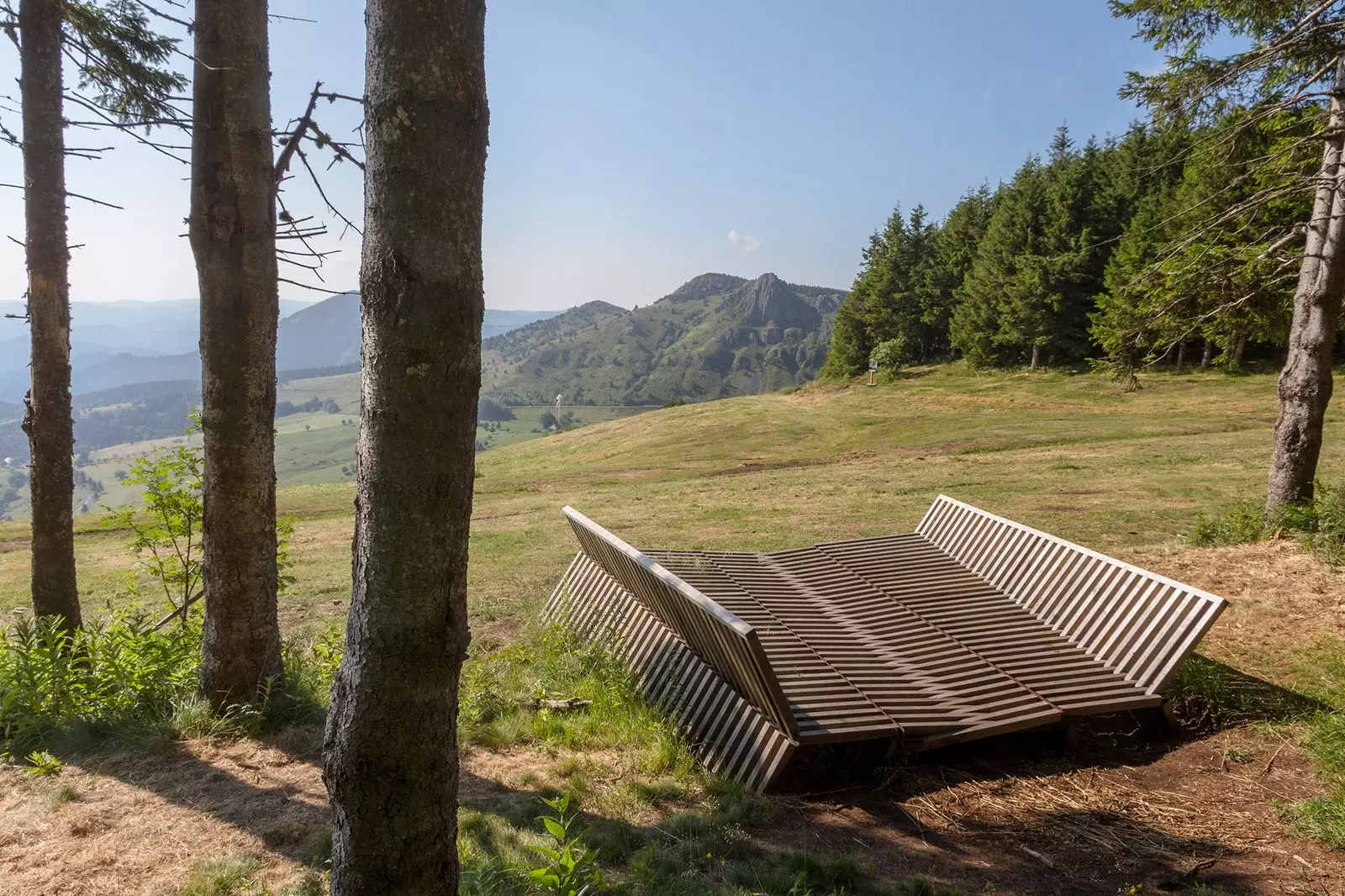
Furniture Design, by Eric Benqué.
Among the works are creations such as **Mobilier Design by Eric Benqué**, a series of furniture made of chestnut wood, highly resistant to extreme weather conditions and which, however, is expected to change as a result of its relationship with the air, the visits, the nature…
There is also an intervention by ** Felice Varini on a Cistercian abbey classified as a Historic Monument **, and another by Stéphane Thidet on the Chartreuse de Bonnefoy, a 12th century building at an altitude of 1,310 meters.
For the conception of this museum, the creative director tells us that he chose to lean on the line between the Atlantic and the Mediterranean basin and make it the common thread, precisely because it explains the diversity of the landscape.
“ The dividing line of the waters it's like a fascinating matrix : There is something magical about meeting at the point where both river basins meet. The expression itself (in French, ligne de partage des eaux means line in which the waters are shared or distributed ) has a great poetic weight but also a political one, because we know well that on a global scale the issue of water distribution is becoming more and more crucial”, explains David Moinard.
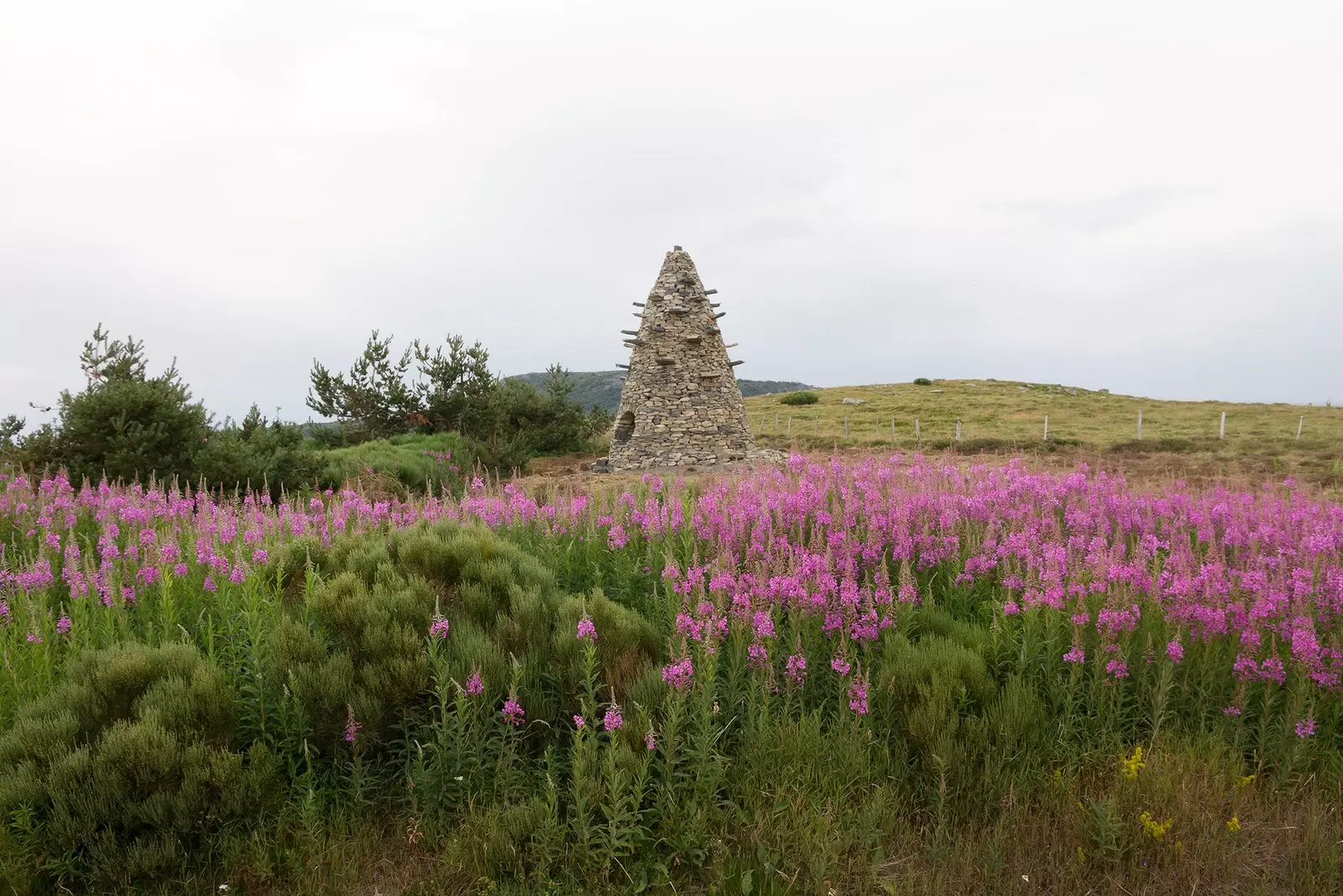
La Tour à Eau, by Gilles Clement.
In Ardèche there was, moreover, an extraordinary starting point, one of the first traces of the art of humanity: the cave of Chauvet . “At the time that the space in which it has been reconstituted was going to open its doors in the cavern of Pont D'Arc , the Park had the beautiful intuition of accompanying the opening with a project related to contemporary creation”, says Moinard.
“ Art has a formidable ability to highlight the heritage, the landscapes, the characteristics of a territory . Working abroad, in public space, means launching a generous project, open to all: there is no need to cross any door, the works are there, before our eyes! There is therefore no target audience to address, everyone is welcome, from the art aficionado to the passing hiker ”, He finishes.
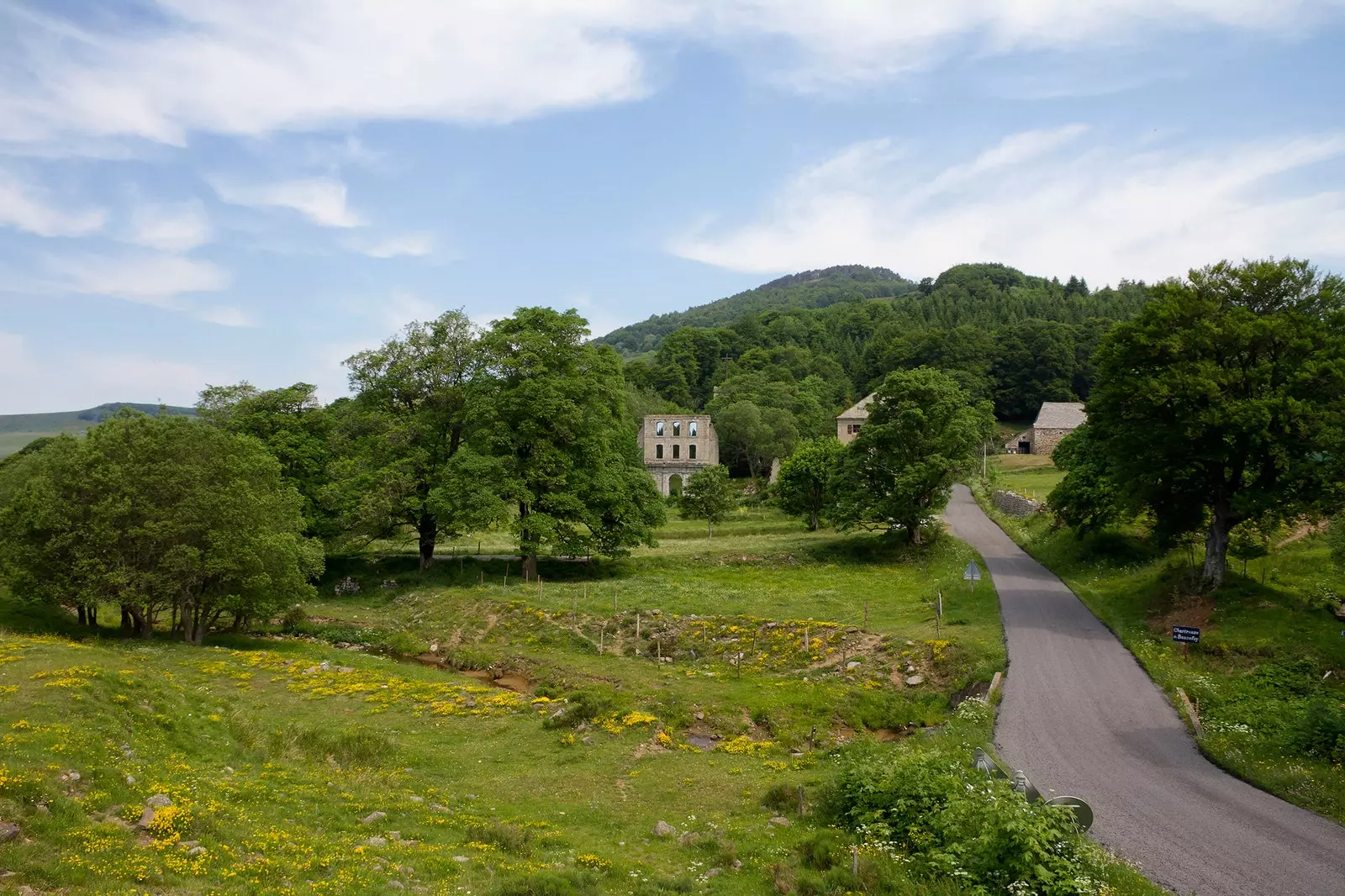
From L'autre Côté, by Stéphane Thidet.
Of course, particular attention is paid to the inhabitants of Ardèche and, in particular, to those of the mountains, where the cultural offer is scarce: "They are the first involved and the true ambassadors of the project".
The wind, the weather, administrative permits, security, etc., did not discourage the team at any time . "I usually say that it is the exact meeting point between utopia and reality that makes the work and its context enhance each other - reflects David -. Utopia is the engine of every project of artistic creation because there is no new idea without utopia. If we cannot dream an artistic project, we cannot dream much”.
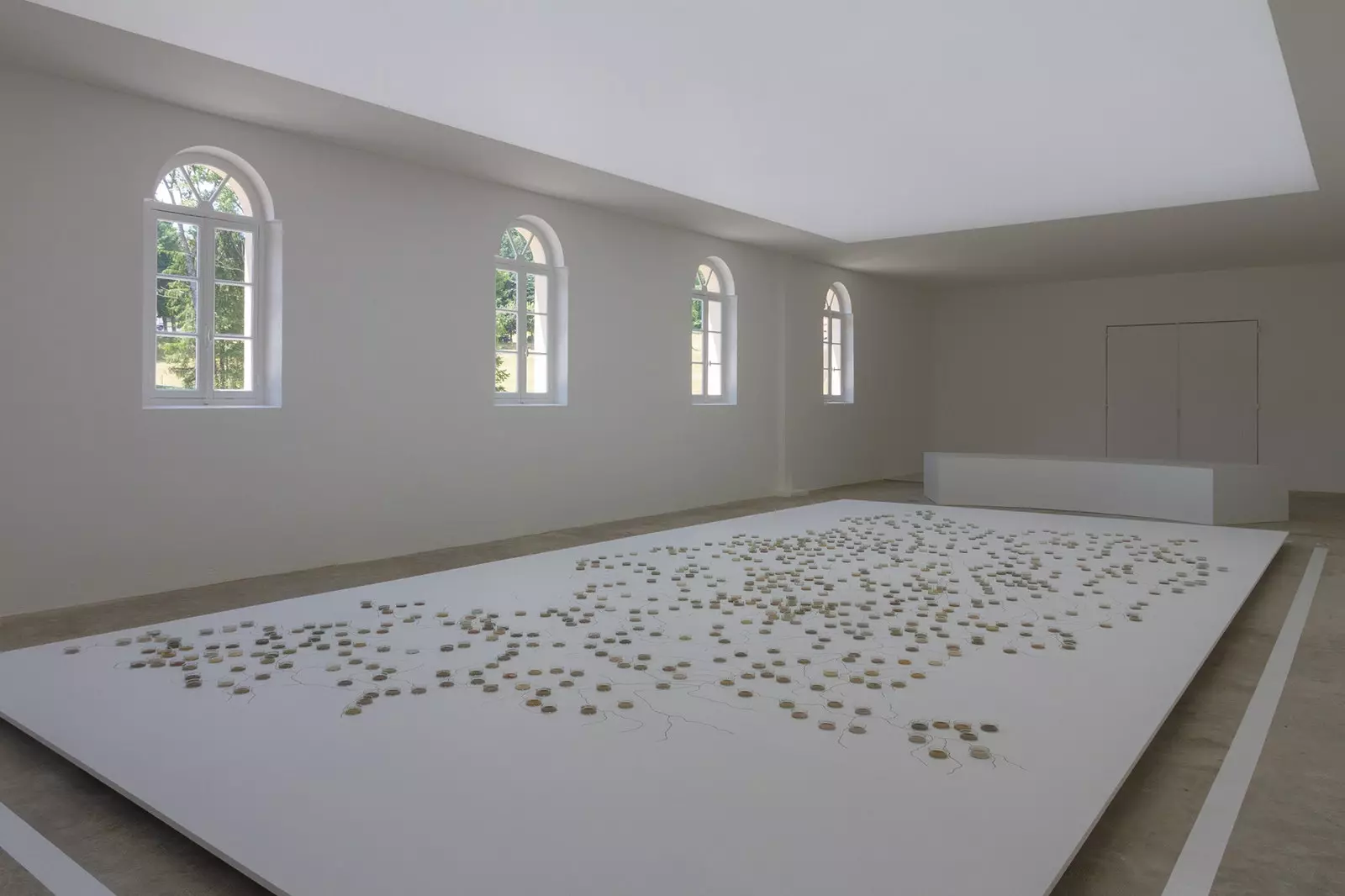
Terre Loire, by Koichi Kurita.
What makes him feel most proud of the project is "that a lady who was very reluctant at first with the idea of installing a work of contemporary art on an element of the heritage of your town I told the artist, after he had presented his project, Continue and, above all, don't change anything!”, he recalls, and recommends visitors to take their time.
“What I expect from this open-air art tour is that sharpens our gaze on what surrounds us . The geography of this territory does not allow you to come for a single day and that is a good thing, because it gives it its exceptional character: the water is pure and the landscapes are preserved like few others in Europe . And as an epicurean that I am, I know of few places where there is such a variety of high quality products, thanks to a large number of locals who work wonderfully well, knowing and respecting the cycles of nature ”.
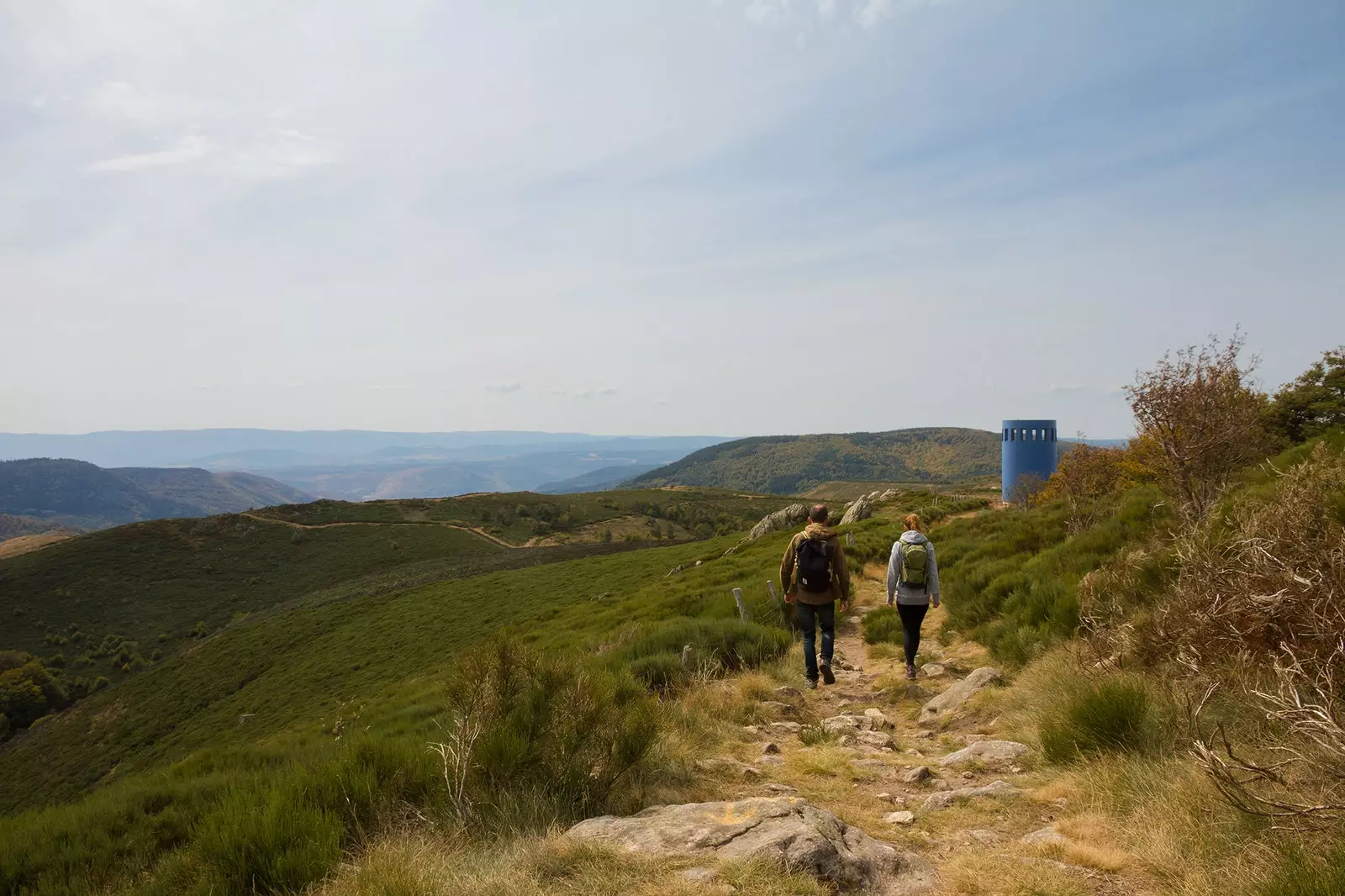
Le Phare, a work by Gloria Friedmann for Le Partage des Eaux.
As for lodging, there are numerous inns, hotels, restaurants, inns, formidable rural houses in the area, "where they receive with warm simplicity, and This is how we can really get to know a territory: walking through its landscapes, tasting them and meeting the people who live and work in them ”.
This is not the only initiative of its kind in the world. Among the references, there is the admirable work carried out in the ** Haute-Provence Geopark (Haute-Provence) , where Nadine Gomez invites fabulous artists who have a deep and intimate relationship with nature since the 90s: ** herman de vries , Andy Goldsworthy, Richard Nonas...
“A few years ago I was also lucky enough to go to the province of Echigo-Tsumari, in Japan, where Commissioner Fram Kitagawa, originally from this region, has started a triennial where art is completely mixed with landscapes and the life of its inhabitants. It has marked me because art has become, for this territory severely punished by the rural exodus, something truly restructuring”, says Moinard, who had also previously worked on the launch of another artistic tour in the Loire estuary. , called Estuaire Nantes - Saint-Nazaire **.
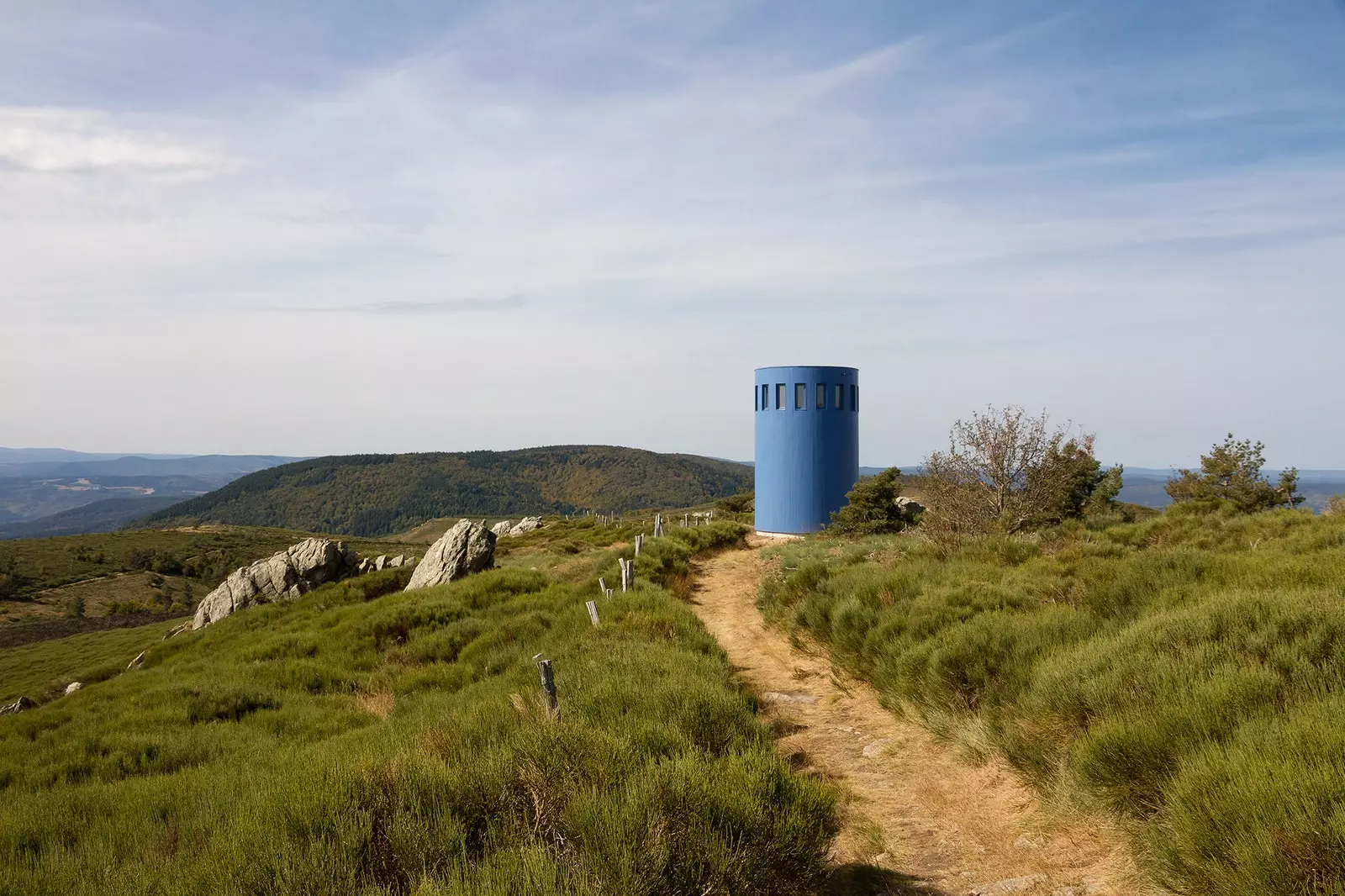
Le Phare, a work by Gloria Friedmann at the Moure de l'Abéouradou.
The selection of the participating artists in Le Partage des Eaux obeyed one criterion: to show the diversity of contemporary creation. “Today's artist touches all fields. Art is no longer limited to sculptures on pedestals or frescoes, but rather expresses itself in as many ways as there are materials and looks!” explains David.
From **Gilles Clément's dry stone masonry Water Tower** to the artists' collective GeoPoetica Society Toplamak –“an ‘immaterial’ work that takes the form of a mobile phone application”–, the works that make up the Partage des Eaux are very different from each other, although they all cling to the landscape.
“Of course, I was familiar with the work and practices of each of these artists,” comments David, “as well as his ability to create a work in situ, that is, to react to the reality of the place and its context . What you have to achieve in a project of this type is a dialogue where the work is inspired by the environment, which, in turn, has to be revealed by the work”.
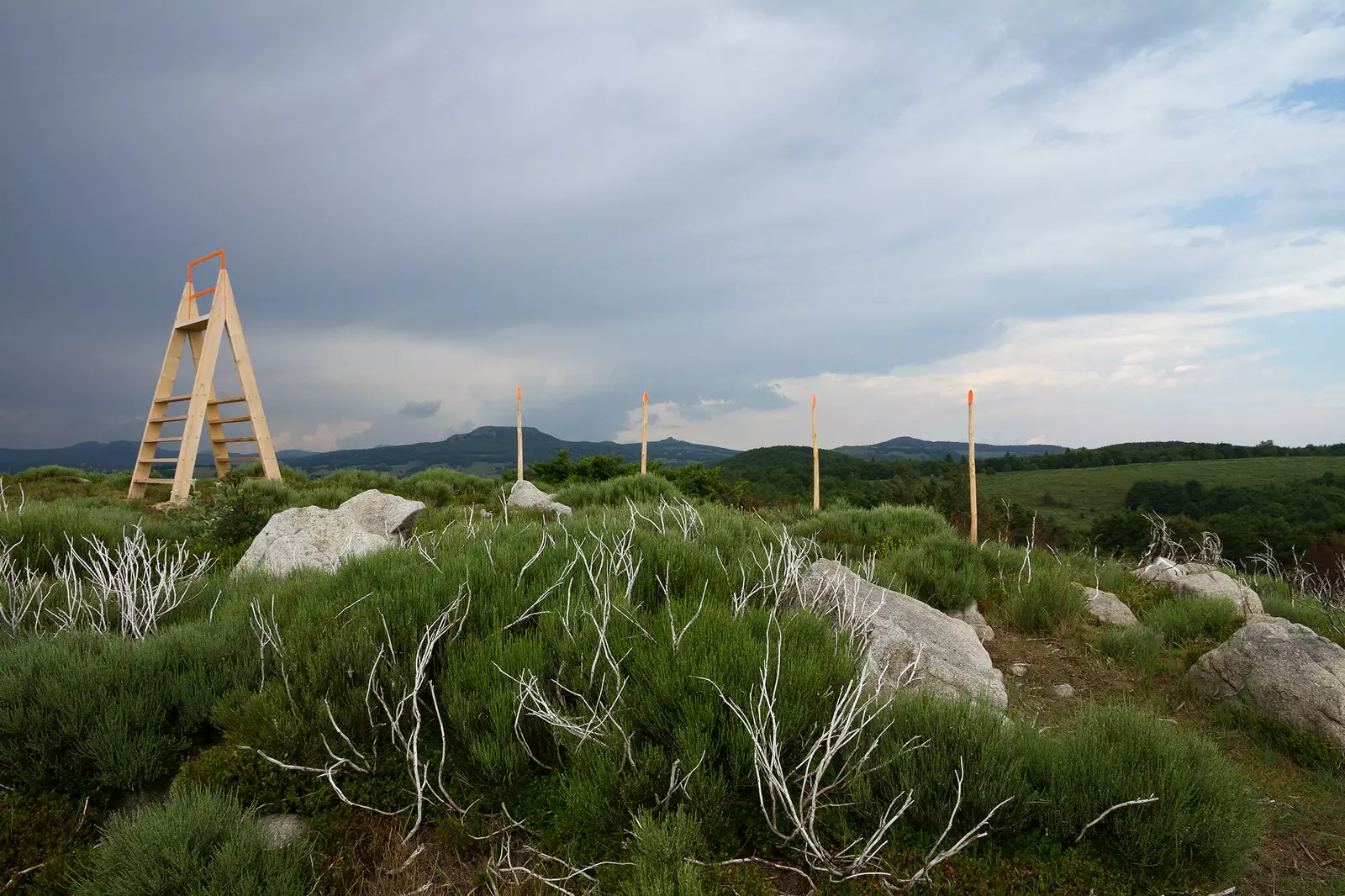
Les Mires, a work by Gilles Clément.
Are there similarities or complementary aspects between the works on the tour? “ When Koîchi Kurita encourages us to admire what we usually trample underfoot, the earth , Gloria Friedmann, with her Phare (Lighthouse), makes us rise to the blue sky! Today I realize that the works that make up the tour speak of the great elements of the landscape: earth, water, light, air, life ”.
Will there be expansion or continuity of the project in the future? “The tour, as originally conceived, has been completed, but has managed to generate a dynamic and desires that allow for its subsequent development . For example, since the conception of the project we have found numerous regional associations, galleries and institutions working in contemporary art creating ad hoc exhibitions, something we have called les échappées (‘the leaks’)”.
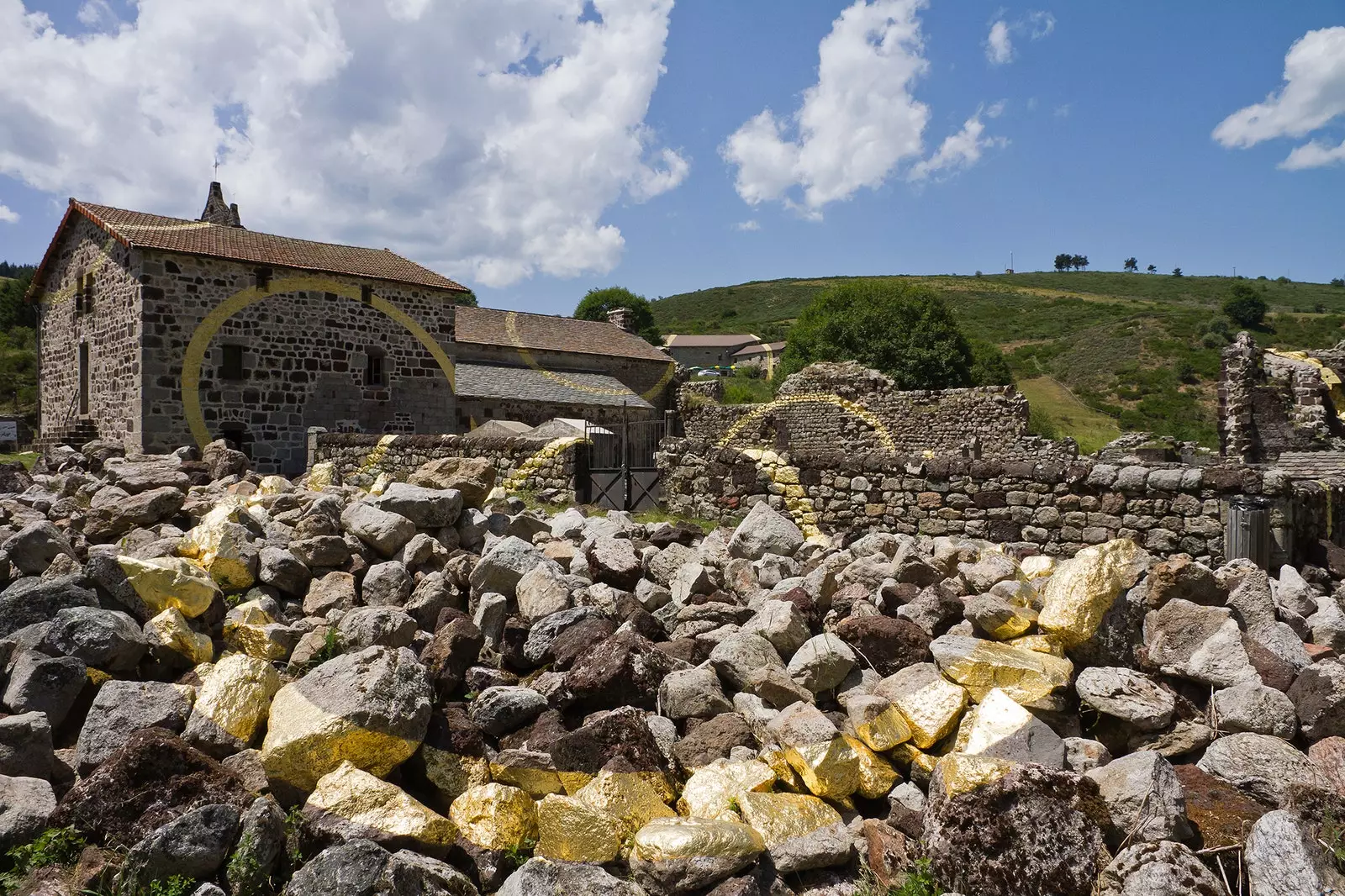
Detail of the work of Felice Varini in the Abbey of Mazan.
“For the first time these sites have been federated and during the summer of 2017 some twenty-five exhibitions were opened to the public throughout the territory. With even greater success, the experience has known a second edition this year and the ingredients are there for the network of 'leaks' to be fixed. As for the tour itself, we hope to enrich it with new perennial works in the future and, very particularly, to be able to invite an artist to conceive a work that has a direct relationship with the grotto of Chauvet... ”.
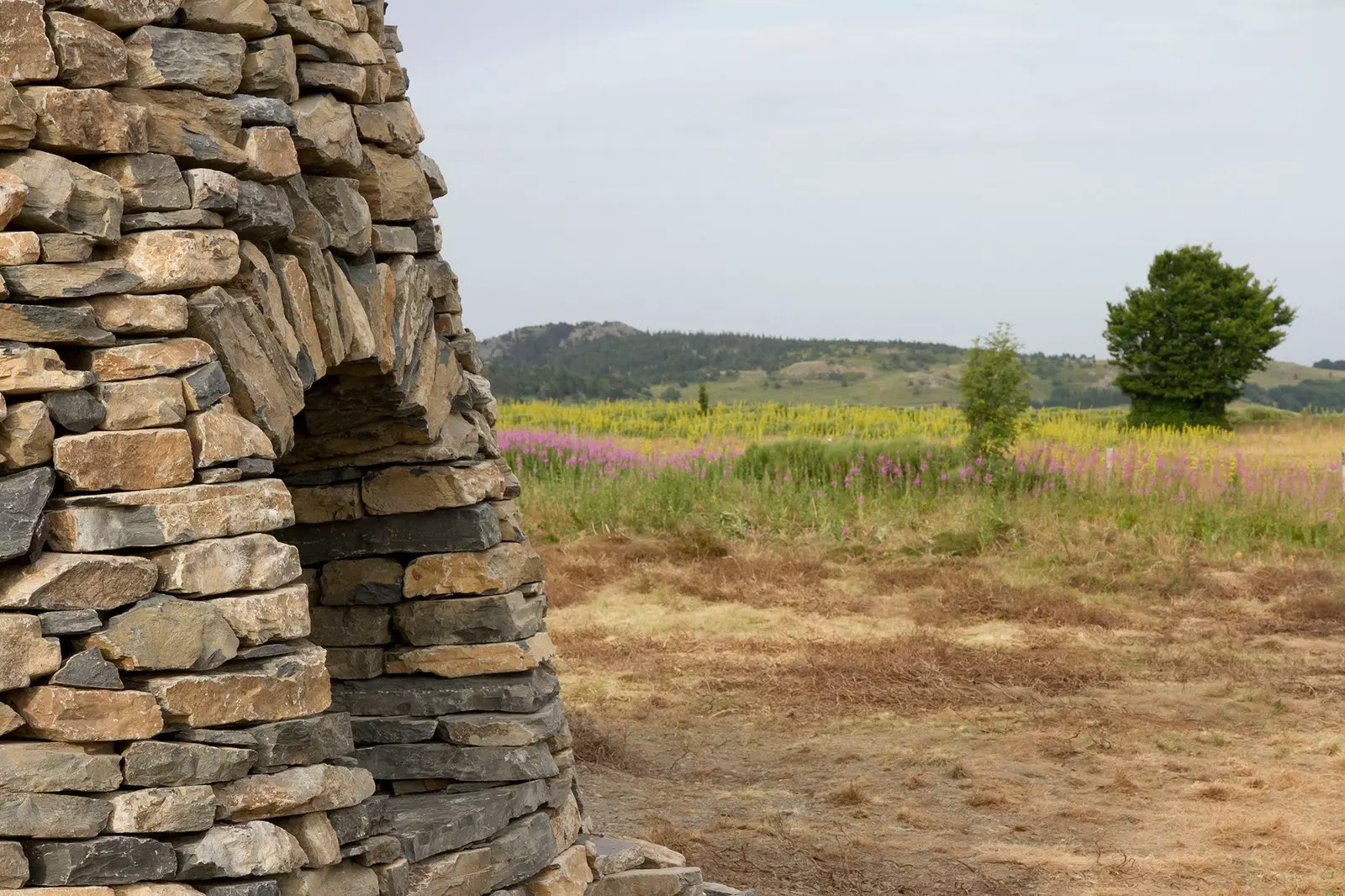
La Tour à Eau, a work by Gilles Clément.
